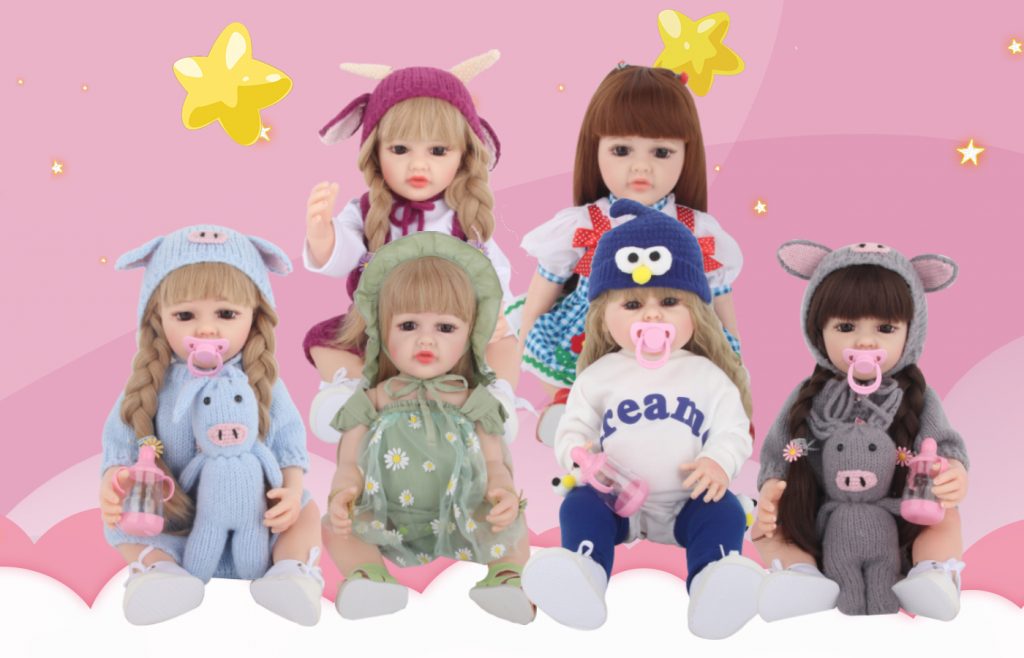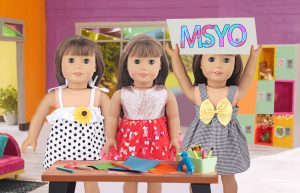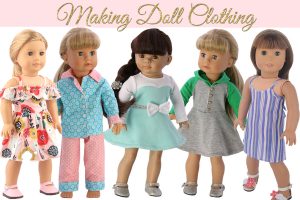Dolls have been a part of human culture for centuries, serving as toys, religious objects, and even as symbols of beauty. The history of doll development is fascinating, as it reflects the evolution of human society and culture. This article aims to explore the key milestones in the history of doll development, shedding light on the different purposes and forms dolls have taken throughout history.
1. Ancient Origins:
The origins of dolls can be traced back to ancient civilizations such as Egypt, Greece, and Rome. In Egypt, dolls were often made as offerings to the gods or as playthings for children. These dolls were typically made of clay or wood and represented various deities or humans. In Greece, dolls were used as educational tools, teaching girls how to care for infants and manage a household.
2. Medieval Era:
During the Middle Ages, dolls were primarily used for religious purposes. Nuns and monks often made dolls to represent saints or biblical figures, which were used for devotional practices. These dolls were made of cloth and were considered sacred objects. Additionally, dolls were used in puppet shows to entertain and educate people about religious stories.
3. Renaissance and Enlightenment:
The Renaissance period witnessed a shift in doll development. Dolls became more popular among the upper classes, serving as fashion models and status symbols. These dolls, known as “fashion dolls,” were intricately dressed and displayed the latest trends in clothing. With the advent of the Enlightenment, dolls began to be used for educational purposes. Dolls with movable limbs were created to teach anatomy and medical procedures.
4. Industrial Revolution:
The Industrial Revolution marked a significant turning point in doll production. With the introduction of mass production techniques, dolls became more affordable and accessible to the general population. Materials such as porcelain, wax, and composition were used to create more realistic and durable dolls. Dolls with jointed limbs, sleeping eyes, and realistic hair became popular during this time.
5. 20th Century:
The 20th century witnessed further advancements in doll development. The introduction of new materials such as plastic revolutionized the industry. Plastic dolls, like the iconic Barbie, became a cultural phenomenon and a symbol of female empowerment. Additionally, dolls representing different ethnicities and cultures were produced, promoting diversity and inclusivity.
Conclusion:
The history of doll development showcases the ever-changing nature of human society and culture. From ancient religious objects to fashion models and educational tools, dolls have evolved to serve various purposes throughout history. The advancements in materials and manufacturing techniques have made dolls more accessible and diverse. Today, dolls continue to be cherished as beloved toys, collectors’ items, and cultural artifacts, reflecting the rich history of human creativity and imagination.









